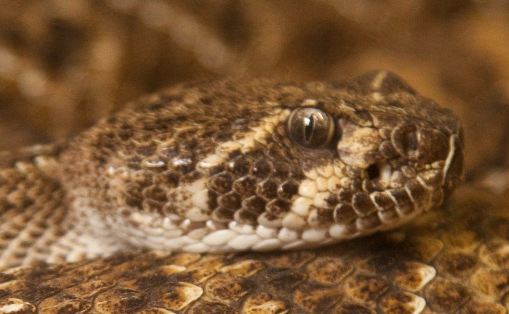“Rattlesnake encounter in California State Park sends hiker to hospital”
“Elderly woman hospitalized after snake bite in Mobile”
“Rattlesnakes are coming out in Phoenix”
“Man flown to hospital after being bit by rattlesnake in Dallas”
“SC woman dies after rattlesnake bite at nature preserve”
“Rattlesnake bites boy who mistook it for a toy.”
 Headlines like these, while scary, serve a good purpose— to remind us to be alert and prepared while we’re in snake country. Worldwide, there are over 100,000 confirmed deaths from snakebites every year; the vast majority of those deaths do not occur in the United States. But when people here do get bitten, whether it’s by a rattler, cottonmouth, copperhead, coral snake, or other viper, it’s usually between the months of April and October.
Headlines like these, while scary, serve a good purpose— to remind us to be alert and prepared while we’re in snake country. Worldwide, there are over 100,000 confirmed deaths from snakebites every year; the vast majority of those deaths do not occur in the United States. But when people here do get bitten, whether it’s by a rattler, cottonmouth, copperhead, coral snake, or other viper, it’s usually between the months of April and October.
Just about a quarter of all rattlesnake bites are “dry,” where no venom is injected. Other bites that do inject poisonous venom will definitely ruin your day, but not always kill you. The effects of being bitten are unpleasant to say the least. According to bite victims, your face starts tingling, your flesh feels like someone has sewn hot coals beneath your skin, your pulse flutters, and your limb puffs up like a water balloon. Not to mention the cost of being treated with anti-venom. Why even take that chance?
Overall, rattlesnakes are an important part of the ecosystem as they eat rodents and are eaten by other predators. They are generally shy creatures and will gladly retreat if given enough room, but their bites can be extremely dangerous, so knowing what to do to avoid them in the first place is key. The sound of rattling can instill cold fear in a hiker, but that's a good thing. You got the warning before accidentally stepping on or too close to a snake!
Despite the headlines, it’s possible to live and recreate safely around rattlers by taking precautions. The U.S. Fish and Wildlife Service recommends:
- Never go barefoot or wear sandals when walking through wild areas. Wear over-the-ankle hiking boots with snake gaiters, or wear snake proof boots. For full leg protection, consider snake chaps.
- When hiking, stick to well-used trails. Avoid tall grass, weeds and heavy underbrush where snakes may hide during the day.
- Do not step or put your hands where you cannot see and avoid wandering around in the dark. Step on logs and rocks, never over them, and be especially careful when climbing on rocks or gathering firewood.
- Check out stumps or logs before sitting down, and shake out sleeping bags before use.
- Never hike alone. Always have someone with you who can assist in an emergency.
- Teach children to respect snakes and to leave them alone. Children are naturally curious and will pick up snakes.
- Seek IMMEDIATE professional medical attention if bitten.